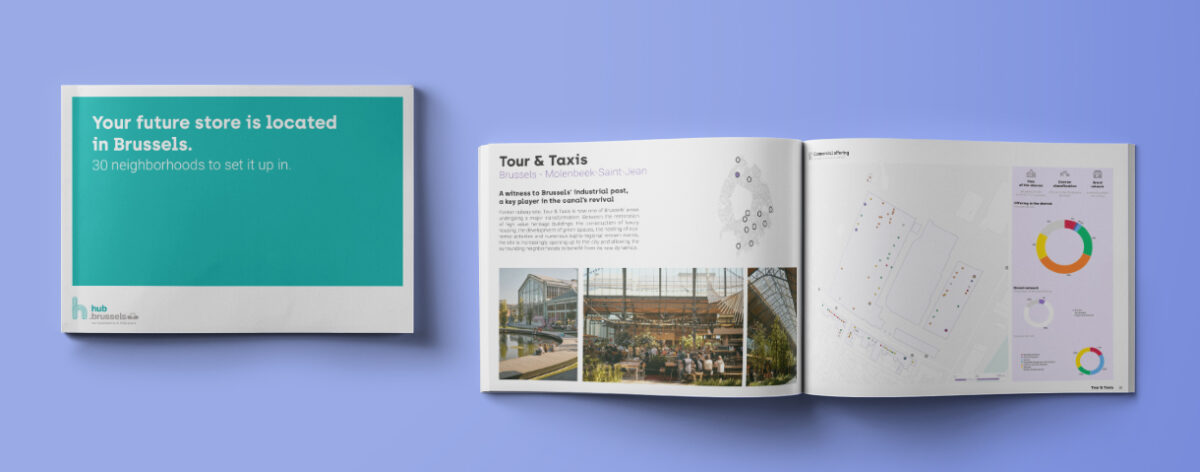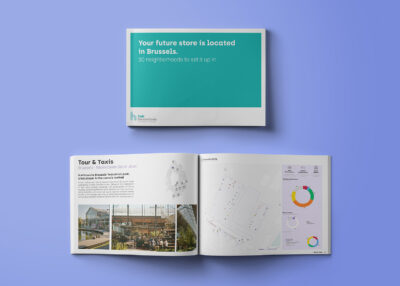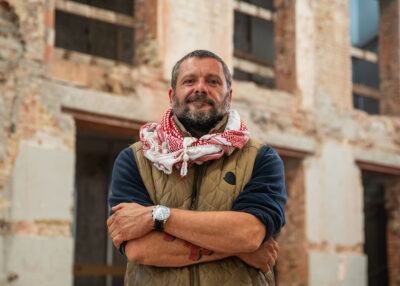
Retail Barometer 2025: what Brussels' commercial dynamics are telling us
In Brussels, retail is evolving in step with urban and social change. To better understand these dynamics and support stakeholders working in retail with their decision-making, hub.brussels publishes its annual Barometer of retail districts. This retail bible provides a comprehensive overview of the region’s commercial fabric: footfall, customer profiles, user expectations, vacancy rates, and more. Find out all the trends in 2025!
This year, our experts examined 30 retail districts, representing almost a third of the region’s 25,000 sales outlets. New for 2025: the inclusion of Tour & Taxis, a district in the midst of a redevelopment that attracts a wide variety of audiences thanks to its unique infrastructure.
Dive into this reference tool for traders, retailers, local authorities and business developers!
Top 5 most popular districts
Thanks to its sensors counting passers-by in more than fifty shopping streets, hub.brussels can measure changes in pedestrian traffic in centres over the course of a day. The figures contained in this latest edition of the barometer therefore provide a comparative analysis with 2024.
- Rue Neuveretains its number one position in terms of pedestrian traffic, with almost 43,800 passers-by every day, compared to 39,500 last year.
- The Piétonniermoves into second place, ahead of Porte de Namur, with a sharp rise in footfall: +5,900 passers-by per day, reaching an average of 35,000.
- Porte de Namurremains stable with 34,700 daily visitors.
- The Grand-Placeranks 4th, with 28,600 passers-by per day.
- Rue de Brabantsaw a clear upturn, moving from 8th to 5th place with 16,600 passers-by per day, up 4,200 in one year.
Dansaert also posted strong growth, rising from 15th to 10th place, with 13,700 daily visitors. Several other centres recorded significant, but albeit more modest increases in visitor numbers: Miroir (from 11,800 to 14,900), Bascule (from 7,300 to 9,500) and Georges-Henri (from 4,000 to 5,300).
Some neighbourhoods are also seeing changes in their peak traffic trends, such as Flagey, where the peak is shifting from Saturday afternoon to Sunday lunchtime, confirming its recreational vocation.
Trending towards shops that meet their residents’ needs
One of the key findings from this year’s edition is the growing importance of human-scale retail outlets, designed to meet the everyday needs of local residents with a focus on being nearby, providing high-quality service and ensuring sustainability. This trend is reflected not only in the steady increase in catering establishments and services, but also in the growing demand for quality food outlets such as fishmongers, butchers and speciality grocery stores.
Retail is perceived as much more than a place to make your purchases: user panels reveal that it plays an essential role in social ties, providing an opportunity for encounters between neighbours, customers and shopkeepers, generations and cultures. In this way, the range of retail outlets on offer becomes a real lever for local cohesion and improving the living environment, particularly in neighbourhoods in transition.
The barometer data also shows that the proportion of users living close to the centres is increasing, while the proportion of visitors from other neighbourhoods or outside the area is decreasing. This trend reflects both the businesses’ strengthening roots in their local area and the impact of new mobility habits, such as remote working and staying closer to home.
Want to find out more?
The paper version of our Barometer is just the tip of the iceberg… Find all the latest, up-to-date data, sorted by centre, on our dynamic data platform analytics.brussels.
Plus de nouvelles sur notre blog

Brussels to California: keeping the American Dream alive
Posted on 27/10/2025
